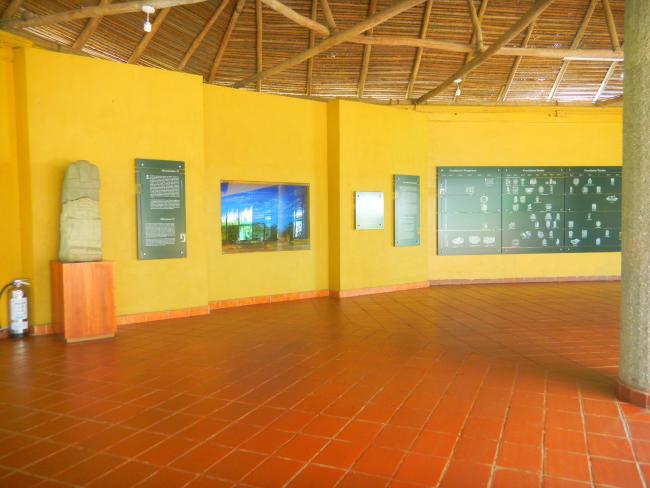
Introduction
Sala
The importance of the Olmec civilization in pre-Hispanic Mexico lies in both its great antiquity and its complex social organization. This is evident in their monumental art and architecture, as well as in their wide-ranging interactions across Mesoamerica.
Olmec remains have been found in the southern part of the Gulf Coast plain of Mexico. More than 30 sites in this region have yielded the largest number of Olmec sculptures, with La Venta, San Lorenzo, Tres Zapotes, and Laguna de los Cerros standing out as key locations. There is considerable evidence that the Olmec culture developed independently, though similar processes may have occurred elsewhere. This civilization experienced two major periods of florescence: the first from 1200 to 900 BCE, centered at San Lorenzo, and the second from 800 to 400 BCE, with La Venta as its focal point.
Sculpture is the most prominent marker of Olmec presence—found as carvings in bedrock, monumental statues, or portable pieces. Certain ceramic types also reveal cultural contact. While the exact relationship between the Gulf Coast Olmecs and other cultures is not yet fully understood, it is clear there was an exchange of goods and ideas among the elite. The extraordinary value placed on Olmec objects is evident from their appearance in later Maya and Mexica offerings, over a thousand years after they were created.


